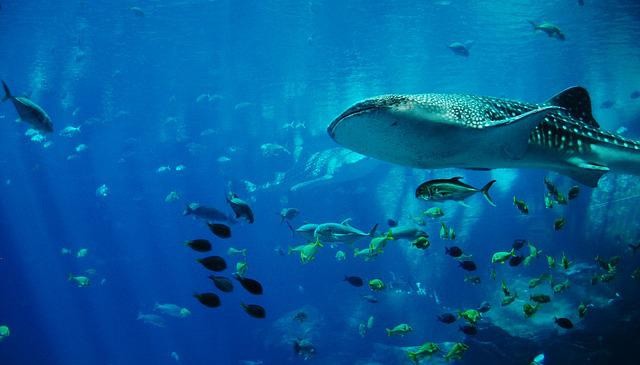
Utilizing DeepSqueak AI to sift through an ocean that reverberates sound; studying animal calls with this tool could revolutionize this kind of research.
Studies of marine mammals will benefit from this AI could add new insight to learning the language of these aquatic creatures.
Marine Mammals Sounds
The ocean is awash in loud sounds, and a new artificial intelligence tool could be able to assist scientists in classifying it all in tracking and studying whales and dolphins, reported Science Alert.
It is a new AI tool that measures dolphin calls in the ocean underworld, and it is based on a deep learning algorithm that was first used to categorize the different ultrasonic squeals of mice.
Scientists are adding this tool to understand the calls of aquatic animals. Because so much of the ocean is beyond our physical reach, underwater sound might help us understand where marine mammals swim, including density, abundance, and interaction.
Cataloging Sounds of Aquatic Creatures
Whale songs have been recorded that help determines specific groups of blue whales located in the Indian Ocean, even that of the beaked whale.
However, listening to ocean recordings and isolating animal noise from full days of waves, wind, and boat engines takes a lot of effort.
Deepsqueak AI technology was recently presented at the Acoustical Society of America's 182nd Meeting, classifying underwater animal calls with better accuracy than any other method currently available.
Read Also: Elon Musk Net Worth 2022: Tesla CEO's Value Grew from $2 Billion to $279 Billion in 10 Years!
The technology sifts through ocean sound data and produces heat maps predicated on where particular acoustic signals are noticed and at what harmonic frequencies, noted Fooshya.
After that, the signals are directed to a specific animal.
New DeepSqueak AI
According to Elizabeth Ferguson, CEO/founder of Ocean Science Analytics, this user-friendly, free software tool for sensing submerged sounds would be useful in a variety of terrestrial animals, mentioned EurekAlert.
She went on to say that call detection's capabilities stretch further than ultrasonic sounds. It can recognize different call types for many species.
The accumulation of marine acoustic noise was never easier, although as hours of ocean soundscapes accumulate in databases should be analyzed.
Consider it a potential replacement for the human ear, enabling researchers to categorize and investigate sounds with great efficiency all over the globe.
Never before could researchers be able to trace the confusing call to a particular species of marine mammals. They are humpback whales, delphinids, and fin whales, during tests.
Capable of distinguishing calls of such animals from ambient noise, which is important given that anthropogenic sound is turning up the volume in the sea.
Technology First Used on Rats
The tech was first seen in 2019 to study the squeak of rats. This system analyzed rat-speak and how the sounds were used to examine how rodents react.
Deepsqueak AI connects the reaction to animal calls and the differences in behavior. This applies to marine mammals, and little is known about where they go in the deep sea.
Related Article: Ancient Maya Practice of Attaching Gemstones to Teeth Found To Be More Than a Cosmetic Concern
© 2025 HNGN, All rights reserved. Do not reproduce without permission.








